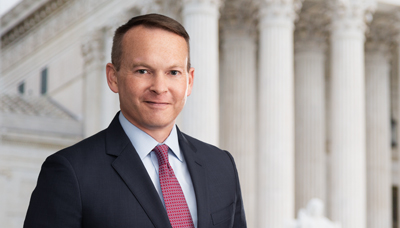PG&E Corporation has announced that it and its subsidiary, Pacific Gas & Electric Company (PG&E), California’s largest electric utility, will file for Chapter 11 bankruptcy protection in the U.S. Bankruptcy Court for the Northern District of California on or about Jan. 29, 2019. PG&E stated it will file bankruptcy in response to challenges relating to the catastrophic wildfires that occurred in Northern California in 2017 and 2018, which resulted in an estimated $30 billion in potential liability damages.
One critical issue in a PG&E bankruptcy is how PG&E intends to address its contracts with energy suppliers, including the solar and wind farms that sell energy to PG&E under long-term power purchase agreements (PPA). Bankruptcy courts across the U.S. have not been consistent when addressing whether Chapter 11 debtors can reject a PPA.
Many of PG&E’s PPAs were entered into nearly a decade ago and are priced three to five times higher than current renewable energy projects. For example, according to reports citing Credit Suisse, PG&E’s weighted average solar photovoltaic PPA price is about $140 per megawatt hour for those older contracts, compared to the $32.50 per megawatt hour for PPAs that PG&E contracts for currently. These higher priced contracts were entered into early in this decade when solar and wind power was much more expensive, and PG&E may seek to use the bankruptcy process to reject these contracts and (1) render a PPA counterparty as merely the holder of a general unsecured claim, for which the recovery on such a claim is uncertain, and/or (2) force a renegotiation of the contracts down to current market prices; which if successful, could result in reducing PG&E costs by over $2 billion per year.
Additionally, this could have significant ramifications for the owners and financiers of the projects – to the extent they are project financed – since those financings are dependent upon direct cash flows.
Because bankruptcy courts are mixed on whether a Chapter 11 debtor may reject a PPA, it is critical for PPA counterparties to be active participants in a potential PG&E bankruptcy in order to preserve and enforce their rights so as to maximize the value of their PPAs and ultimate monetary recovery.
To obtain more information regarding this alert, please contact the Barnes & Thornburg attorney with whom you work, or Ralph Dudziak in the Energy and Utilities group at (312) 214-5618 or ralph.dudziak@btlaw.com; William Ewing in the Energy and Utilities group at (404) 264-4050 or William.Ewing@btlaw.com; or Jim Van Horn in the Creditors’ Rights, Restructuring and Bankruptcy group at (202) 371-6351 or jvanhorn@btlaw.com.
© 2019 Barnes & Thornburg LLP. All Rights Reserved. This page, and all information on it, is proprietary and the property of Barnes & Thornburg LLP. It may not be reproduced, in any form, without the express written consent of Barnes & Thornburg LLP.
This Barnes & Thornburg LLP publication should not be construed as legal advice or legal opinion on any specific facts or circumstances. The contents are intended for general informational purposes only, and you are urged to consult your own lawyer on any specific legal questions you may have concerning your situation.















